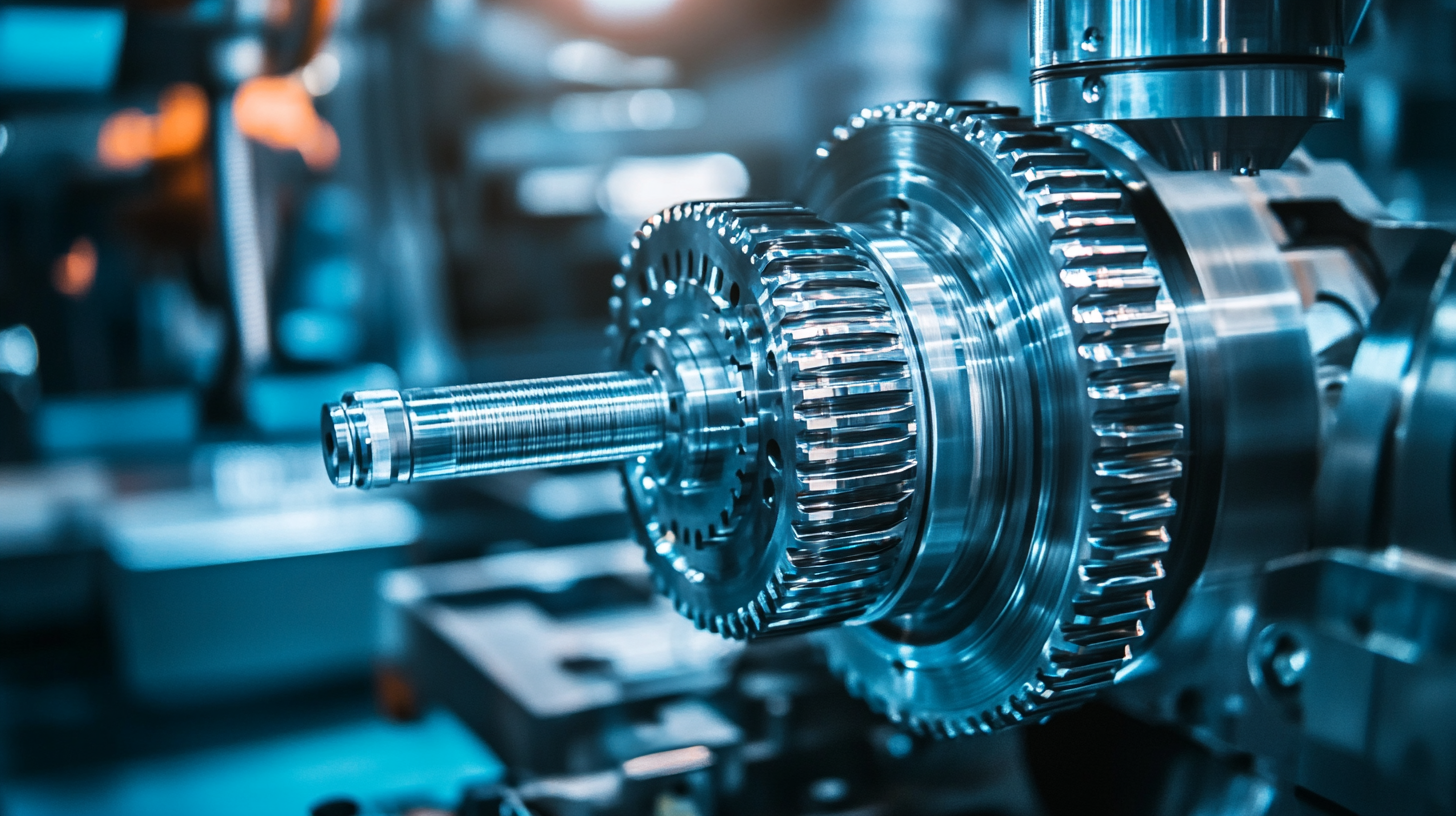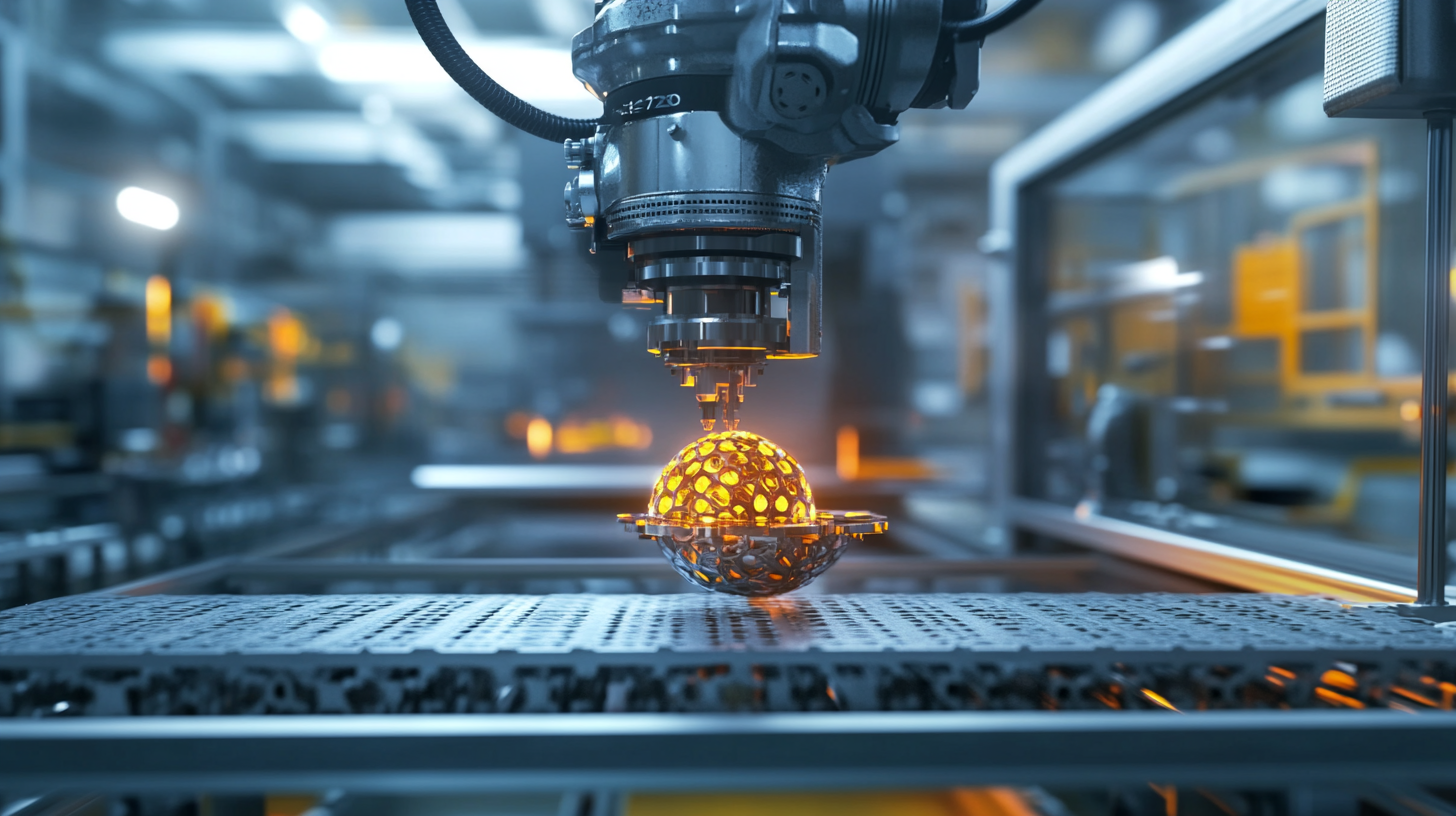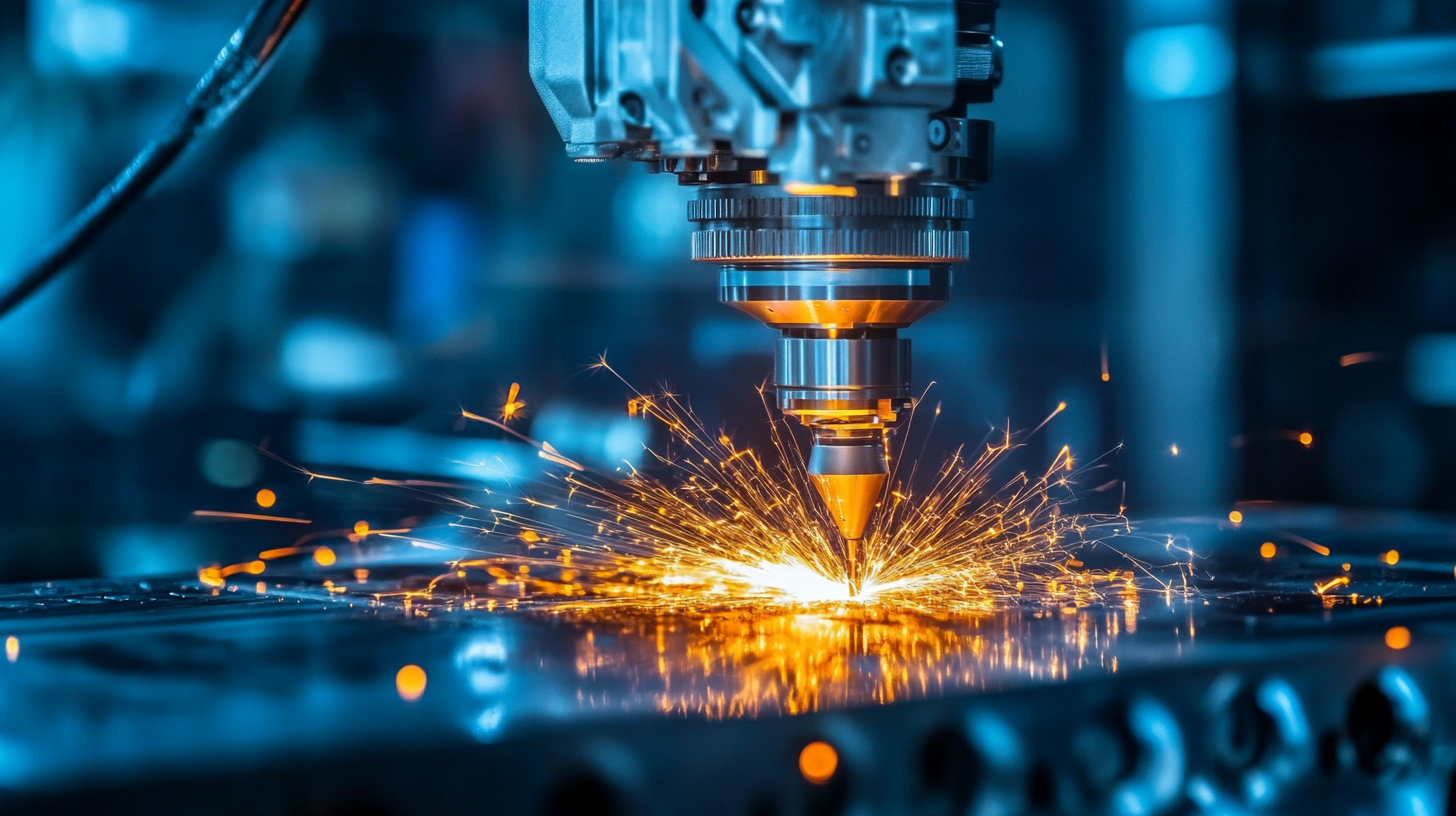 +86 180 0293 5268
+86 180 0293 5268






In the face of escalating tariffs and trade tensions between the United States and China, the resilience of China's manufacturing sector is being put to the test. Rather than succumbing to these challenges, Chinese manufacturers, particularly those specializing in High Precision Casting, are demonstrating remarkable adaptability and innovation. This blog delves into how the Chinese manufacturing industry not only continues to thrive despite the imposition of tariffs but also how it leverages advanced technologies and efficient production methods to maintain its competitive edge. With a focus on High Precision Casting, we will explore the strategies employed by manufacturers to overcome obstacles and enhance their operational capabilities, ultimately highlighting the strength and dynamism of China's manufacturing landscape amidst external pressures.

China's manufacturing sector has demonstrated remarkable resilience in the face of ongoing tariff pressures imposed by the United States. Despite the challenges associated with increased costs and market volatility, Chinese manufacturers have found innovative solutions to maintain their competitive edge. This adaptability has been particularly evident in the high precision casting industry, where advanced technologies and refined processes have led to improved product quality and efficiency.
In response to tariff challenges, many Chinese companies are investing in automation and smart manufacturing practices. By leveraging cutting-edge technologies such as AI and IoT, manufacturers are not only reducing operational costs but also enhancing their production capabilities. This strategic pivot allows them to cater to global markets more effectively, ensuring that they meet strict quality standards while navigating complex trade dynamics. As a result, China's high precision casting sector continues to thrive, demonstrating the country’s ability to overcome external pressures and solidify its position as a leader in manufacturing excellence.

In the face of US-China tariffs, the resilient Chinese manufacturing sector is adapting and thriving, particularly in high-precision casting. To enhance competitiveness in this niche, companies can implement strategic innovations and optimize production methodologies. Emphasizing technological advancements, businesses should invest in automation and data-driven processes, enhancing both quality and efficiency in casting production.
Tips for ensuring competitiveness include focusing on quality control and adopting new materials and techniques to reduce waste. Collaborating with local suppliers can also streamline processes and lower costs while enhancing sustainability. Moreover, leveraging market insights to identify emerging trends in industries like automotive and machinery is crucial for staying ahead of the competition.
As industries worldwide, including India's burgeoning auto component sector, demonstrate significant growth, Chinese manufacturers can benefit from exploring synergies. By adapting to global technological shifts and aligning production strategies with market demands, high-precision casting firms in China can maintain their edge and meet the evolving needs of various sectors.

In the face of escalating tariffs imposed by the U.S. on Chinese goods, the Chinese manufacturing sector has demonstrated remarkable resilience, largely driven by innovative practices and high precision casting technologies. According to a report by McKinsey, over 75% of Chinese manufacturers are investing in automation and advanced manufacturing techniques to maintain competitive advantages, even amidst international trade challenges. This shift towards innovation has not only improved production efficiency but also enhanced product quality, positioning China as a leader in high precision casting, which is critical for various industries, including automotive and aerospace.
Moreover, the emphasis on research and development has surged, with China's spending on R&D reaching approximately 2.4% of its GDP in 2022, as reported by the National Bureau of Statistics of China. This investment supports the development of cutting-edge materials and processes that enable manufacturers to create more sophisticated and precise components. As a result, many domestic companies are not just adapting to the new tariff landscape but are also setting global benchmarks for manufacturing excellence. The ability to innovate in response to external pressures showcases the dynamic nature of China’s manufacturing, turning potential obstacles into opportunities for growth and advancement.
| Year | Manufacturing Growth Rate (%) | Exports of High Precision Castings (Billion USD) | R&D Spending (Billion USD) | Number of Patents Filed |
|---|---|---|---|---|
| 2020 | 3.0 | 25.1 | 15.0 | 30,000 |
| 2021 | 6.0 | 30.5 | 17.5 | 40,000 |
| 2022 | 7.5 | 35.0 | 20.0 | 50,000 |
| 2023 | 8.2 | 40.0 | 22.5 | 60,000 |
In the backdrop of a global trade war, China’s manufacturing sector showcases remarkable adaptability, particularly evident in the realm of high precision casting. As tariffs imposed by the United States threaten to disrupt trade flows, Chinese manufacturers have adopted innovative strategies to maintain competitiveness. By investing in technology and optimizing supply chains, they have not only mitigated the impact of tariffs but have also improved efficiency and product quality. This proactive approach has cemented China's position as a leader in precision casting, catering to industries that demand high standards.
Moreover, collaboration between manufacturers and local governments has played a vital role in overcoming trade challenges. Policies that encourage research and development, along with fiscal support, empower companies to pivot quickly in response to shifting market conditions. Enhanced quality control measures and a focus on sustainable practices further distinguish Chinese manufacturers in the global landscape. As firms continue to refine their processes and embrace new technologies, they provide valuable lessons on resilience and innovation, demonstrating that even in adversity, there are opportunities for growth and leadership in manufacturing.
China's manufacturing industry continues to adapt and thrive in the face of US tariffs, with a strong focus on high precision casting as a key driver of growth. According to a report by the China General Machinery Industry Association, the high precision casting market is projected to grow at a compound annual growth rate (CAGR) of 8.5% over the next five years. This resilience is partly due to the nation's investment in advanced manufacturing technologies, which aim to enhance efficiency and product quality, thereby satisfying both domestic and international demand.
Moreover, China's strategic move towards automation and smart manufacturing is anticipated to reshape its industrial landscape significantly. The Ministry of Industry and Information Technology (MIIT) reported that the push for smart manufacturing could increase productivity in key sectors by over 25% by 2025. As companies increasingly adopt Industry 4.0 technologies, the potential for enhanced operational efficiencies presents new opportunities for Chinese manufacturers to compete globally, even amidst ongoing trade tensions. This focus on innovation not only protects the industry from the adverse impacts of tariffs but also positions China as a powerhouse in high precision manufacturing on the global stage.
